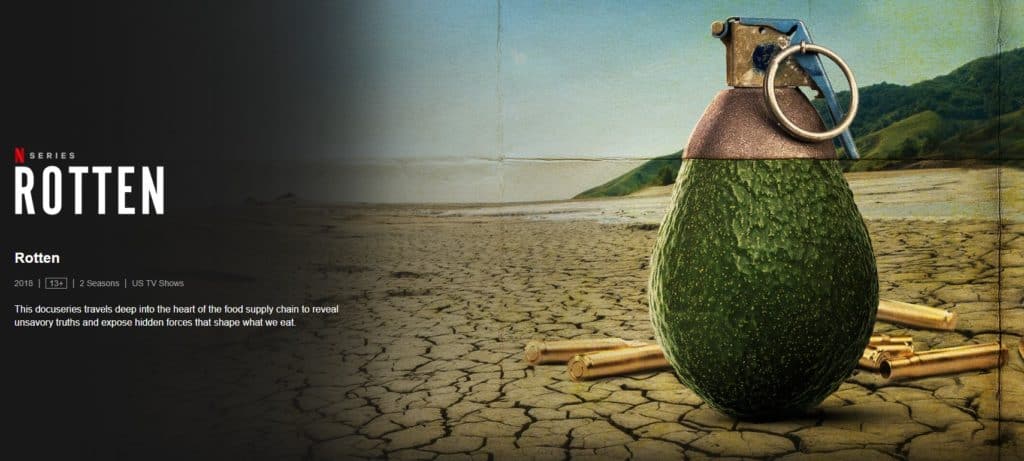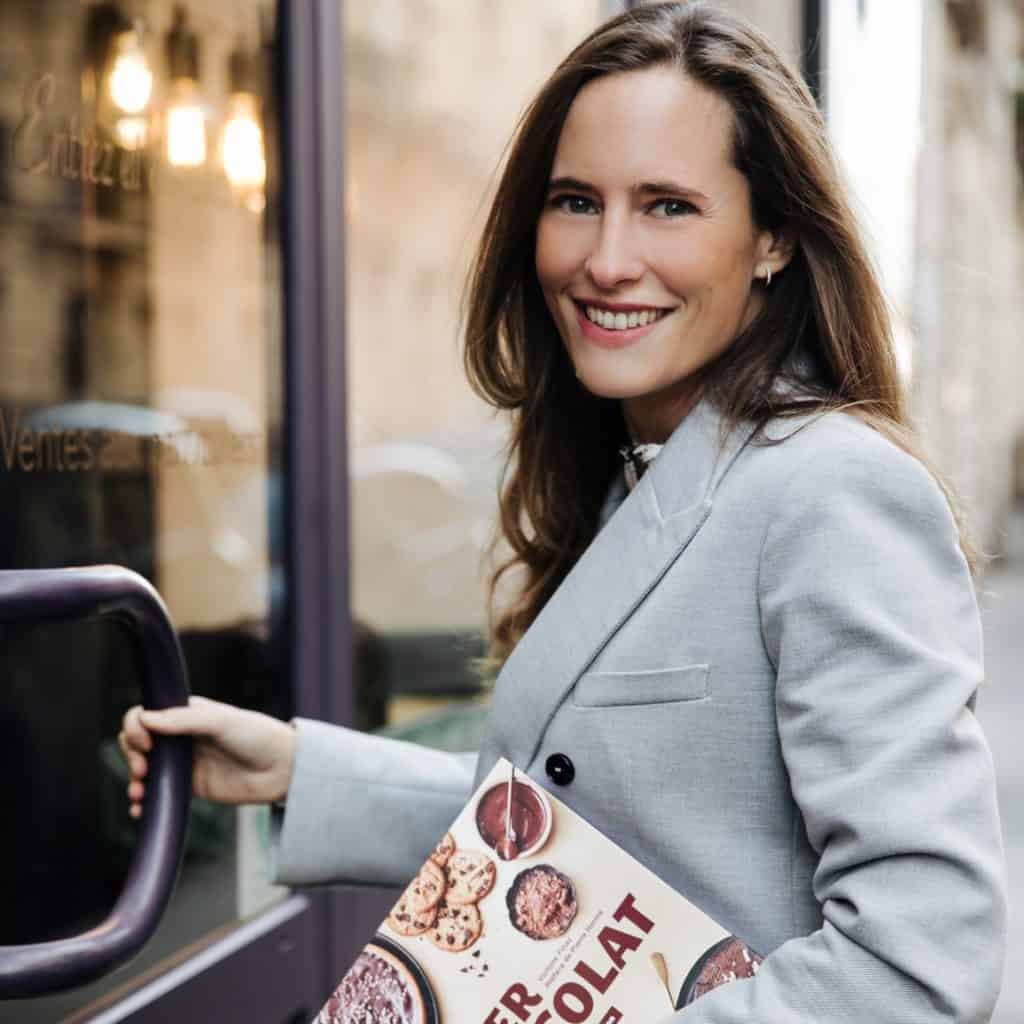The Netflix series Rotten – episode Bitter chocolate
We watched the Bitter Chocolate episode of the Netflix series Rotten
One of the main goals of CriolloQuetzal is to totally bypass the established industrial channels in the chocolate market. This idea is at the heart of our project: we collaborate exclusively with Bean-to-bar and Tree-to-bar chocolate makers, those who control the entire production chain, from bean or tree-to-bar, directly in the cocoa producing countries. It’s the only way to guarantee high quality chocolate and ensure that local populations benefit directly from any valued Added.
Why?
Everything started when Thierry, our founder, visited the cocoa farms in Columbia several years ago. It was the first time that he had heard about the Bean-to-bar and Tree-to bar concept which raised his curiosity. This discovery, and the research that followed, opened his eyes to the problems in the international cocoa and chocolate market. This is how the Criolloquetzal project was born.
The episode Bitter Chocolate in the series Rotten (Netflix) explains and analyses these problems perfectly by examining the situation in the Ivory Coast, the largest cocoa producer in the world. Some impressive figures: 40% of the cocoa consumed in the world comes from the Ivory Coast. It represents around 15% of the country’s GDP and two-thirds of the population work, in one way or another, in this market. Some 2 million tons of cocoa are produced in the Ivory Coast every year.
In a 55-minute episode packed with facts and figures, each more shocking than the next, we get to understand the enormous gap between the standard of living of those who run and control the cocoa market and those who work at the source, namely, the farmers.
In the Ivory Coast, they earn less than one dollar a day, while the chocolate industry generates more than 100 billion dollars per year globally. From the moment the cocoa is harvested and the chocolate bar produced, the raw product changes hands between numerous intermediaries each take a higher cut than the last, and the main culprits are the gigantic international groups based in Europe or the USA.
The women and men who supply the raw materials are trapped in a system which is almost impossible to leave. Short of solutions, some are forced to destroy the nature reserves, amongst others, to produce more cocoa. The Ivory coast is said to have lost roughly 85% of its forests since 1990, a real ecological disaster. But as Antonie Fountain, one of the experts interviewed in Bitter Chocolate, rightly says “If you have a choice, as a poor farmer, between protecting the rainforest and feeding your family, then you don’t have a choice.”
Scandals about slavery and child labor are reported regularly. Despite the outrage of the international community, little seems to have changed and the outrage is waning little by little… The priorities of the regulatory bodies and governments are clear: cocoa must circulate at all costs (literally). Regulating and controlling working conditions nationally, or even internationally, would be more expensive and much less profitable.
On top of that, there is violence and corruption, extremely hard physical work, and the fact that all those who form part of this precarious supply chain are subjected to price fluctuations on the commodities exchange, accentuates the problem: if the price of cocoa lost 50% of its value tomorrow, the price of industrial chocolate wouldn’t move a cent. The big chocolate manufacturers would simply make more money because they could buy the raw material at a lower price. The farmers in Ghana and Columbia or India would receive 50% less for their harvest. Pure injustice – no need to look further.
I’m going to end with a quote from Henk Jan Beltman from Tony’s Chocolonely, a chocolate brand based in the Netherlands whose mission is to produce 100% slave-free chocolate. Beltman explains in the first minutes of Bitter Chocolate, that chocolate is the best tasting food there is and it is our duty to know where the cocoa comes from. “ if you know what’s going on in the beginning of the value chain, it’s not possible to enjoy chocolate”.
He’s right. He makes his point throughout the documentary and in case it’s still not clear, we strongly recommend watching it! Everyone can learn a lot and I hope that watching this episode will influence many of you to change your consumer habits.
Finally, I want to reassure you: not everything is negative. Bitter Chocolate shows us that there are many players who are very aware of the injustices prevalent in the cocoa market, and they are trying to find solutions. I have listed some of them below.
I hope you enjoy watching, with a delicious bar from our shop which will encourage you to participate actively in changing the current state of affairs.

VOICENETWORK An NGO that works for cocoa sector reform. Antonie Fountain, who I quoted in the article is executive director
ORLARYAN Órla Ryan is a journalist of Irish origin. She is one of the experts interviewed in Bitter Chocolate and has written a book called Chocolate Nations which details the injustices in the cocoa industry.
TONYSCHOCOLONELY Tony’s Chocolonely website. They regularly publish articles and news on their News page, about their project and also on the risks in the cocoa sector around the world
 As the French chocologist
As the French chocologist